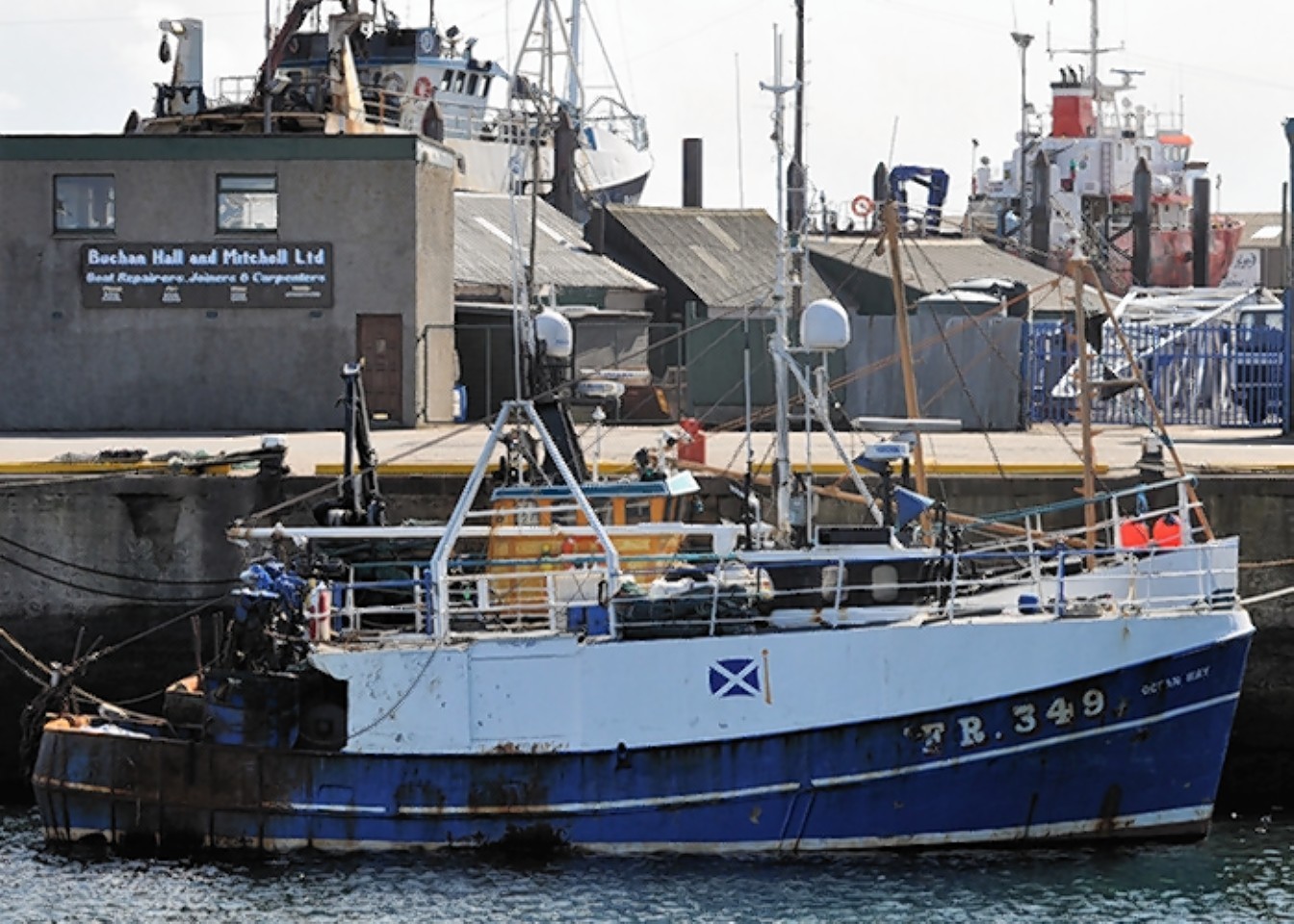Investigators probing a trawler disaster which left three fishermen dead found a fatal flaw on the deck of the vessel.
A survey of the wreck of the Ocean Way revealed ports designed to allow water to drain away were not big enough to stop it being swamped by the sea.
The 55ft Fraserburgh-registered vessel capsized and sank in bad weather off the north-east coast of England.
Skipper James Noble was rescued from the water but later died in hospital.
Two members of his Filipino crew, 38-year-old Michael Pulpul and 34-year-old Jonito Antonio jun, drowned and their bodies were never recovered.
Two others, Romulo Roche, 28, and Nixon Ocon, 38, survived by clinging to buoys.
The Marine Accident Investigation Branch (MAIB) has now released its report on the tragedy 100 miles off Tynemouth in November last year.
It found ports designed to drain water from the deck of the boat were not effective enough to prevent the Ocean Way capsizing and that the vessel was not able to transmit an accurate position.
The failure to find the trawler as it sank on November 2 delayed rescuers by an hour.
An incline test – to determine the stability of a ship – had also not been carried out on the Ocean Way for more than a decade.
But last night, the vessel’s owner Billy Edwards said that the issues identified in the MAIB’s report had not been highlighted during safety inspections – and revealed the boat had been given a clean bill of health just a month before it sank.
He said the ports designed to clear the deck of water had remained unchanged since he got the boat eight years ago and called for an overhaul of the inspection regime for smaller fishing vessels.
Mr Edwards said: “You get a major survey every five years from the Maritime and Coastguard Agency, plus you get a survey every year for guard duty on the oil rigs, and none of these things were ever brought to question with me.
“Those ports were the same size as when we got the boat eight years ago – no one had ever asked me to alter them.”
Mr Edwards also said that the emergency beacon fitted on the Ocean Way only gave rescuers the name of the boat, and not its location, and said he was unaware that was the case.
He added: “The inspection process needs to be looked at and the MAIB have made recommendations to that effect.
“But it’s all outwith my jurisdiction. We only went through a big inspection a month before she sank and everything was up to date and up to scratch as far as we were concerned.”
The MAIB concluded it was unlikely the delay in finding the vessel would have affected the outcome of the rescue.
The report said: “From an underwater survey of the wreck and the evidence obtained it was concluded that the vessel had broached and capsized in heavy seas when its stability had been reduced by the adverse effect of retained water on deck.”
It has recommended that the coastguard agency ensures all fishing vessels are now fitted with emergency beacons which give exact positions.
The Maritime and Coastguard Agency has also revised its instructions to surveyors regarding freeing ports and the requirement for inclining tests.
It has also reviewed coastguard training procedures in relation to incident co-ordination.
The Ocean Way was 40 years old at the time of the incident and was well regarded for its sea-keeping qualities.
However, it showed a history of marginal stability compliance.
No inclining test had been carried out since 2004.
After the sinking a memorial service was held in Fraserburgh for the three lost crew.
Friends described 45-year-old Mr Noble as a “fine lad”.
Survivor Mr Roche likened the crew to a “family”.
He said: “Me, Michael and Jhunitzquo, we stayed for a long time – 10 months we stayed together. Every day that we woke up, we saw the same faces. We loved each other.”
Mr Ocon said: “We always worked together with a smile. The loss – we can never get it back again.”

